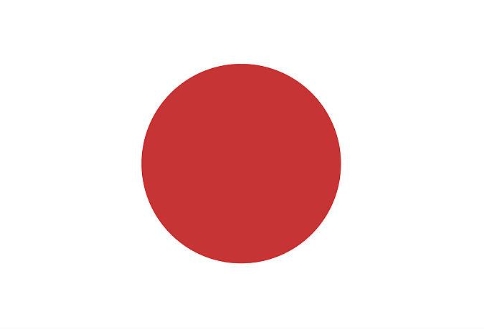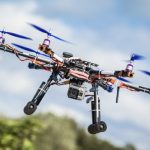
无人机减重设计
2025-08-05定制铝制机箱外壳:制造工艺、材料特性、应用和优势
定制铝制机箱外壳是各行各业必不可少的部件,为电子和机械系统提供耐用、轻便、高效的外壳。本文将深入探讨定制铝制机箱外壳的制造工艺、材料特性、应用和优势。
铝机箱外壳的生产方法有哪些?
1. CNC加工
铣削和车削等计算机数控 (CNC) 机床用于从铝实心块中去除材料以达到所需的形状和尺寸。
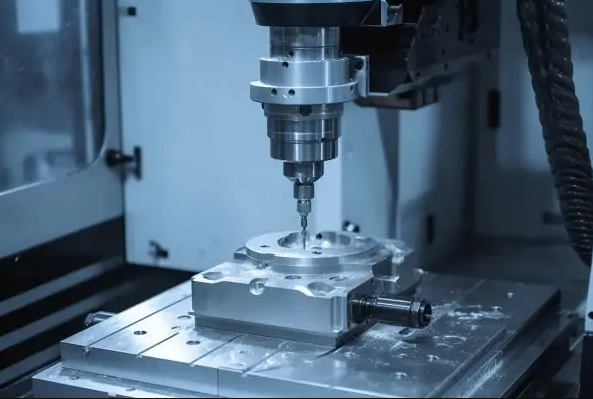
2.压铸
将熔融的铝在高压下倒入钢模中,然后冷却并凝固以形成零件。
3. 金属板材成型
切割、弯曲、冲压和焊接铝板以形成所需的外壳形状。
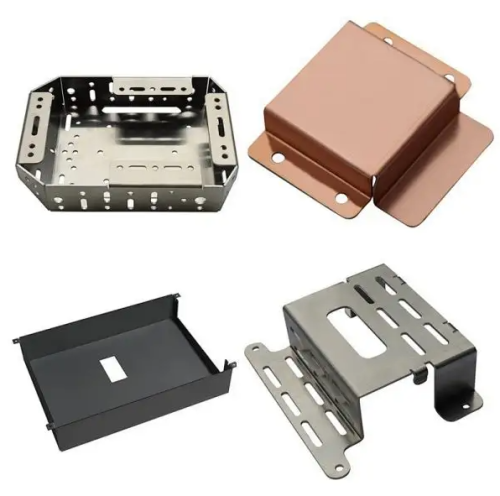
4.挤压
加热后的铝通过模具挤压形成均匀横截面形状的长条,然后可以根据需要进行切割和进一步加工。
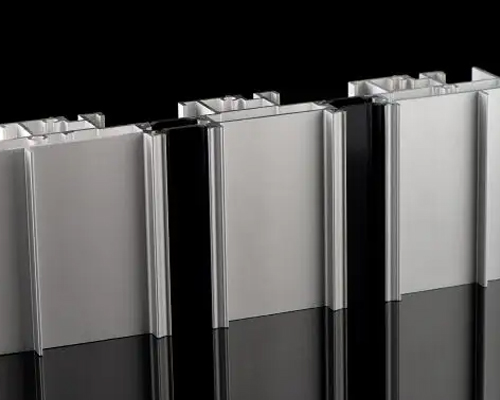
5. 选角
Molten aluminum is poured into a mold, allowed to cool and solidify, and then machined and finished.
6.粉末冶金
铝合金粉末被压缩成型,然后在高温下烧结,形成致密、坚固的零件。
7. 3D打印(增材制造)
这些零件是使用选择性激光熔化 (SLM) 或电子束熔化 (EBM) 技术逐层制造的。

定制铝制机箱和外壳制造方法的选择取决于产量、设计复杂性、成本考虑因素以及具体的应用要求。数控加工非常适合高精度和定制设计,而压铸和钣金成型则适合大批量生产。3D打印提供了无与伦比的设计自由度和快速成型能力。选择最合适的制造工艺对于确保产品质量和成本效益至关重要。HXC 专注于定制铝制机箱和外壳的高精度数控加工,拥有 20 多年的经验。本文将重点介绍铝制机箱和外壳的数控加工工艺、优势和应用。
铝制底盘和机柜的定制 CNC 加工工艺有哪些?
1.数控铣削
Process: A rotating tool is used to remove material from the workpiece, creating complex shapes and fine details.
Advantages: High precision, suitable for complex geometries and tight tolerances.
2.数控车削
Processing: The cutting tool removes material while the workpiece rotates, making this process suitable for machining cylindrical parts.
Advantages: High precision in machining circular parts and efficient production of symmetrical parts.
3.钻孔和攻丝
Process: Drills and perforates holes for screws or bolts.
Benefits: Precise hole placement and consistency, critical for mounting components.
4.多轴加工
Process: Uses CNC machines operating on multiple axes (e.g., three-, four-, or five-axis machines) to produce complex shapes in a single setup.
Advantages: Increases flexibility, reduces the need for multiple setups, and enables the machining of complex designs.
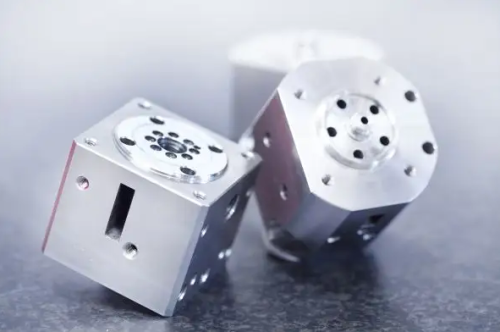
5.电火花加工(EDM)
Process: Utilizes electrical discharge to remove material, particularly suitable for difficult-to-machine shapes.
Advantages: High precision, capable of machining intricate details, and capable of machining complex geometries.
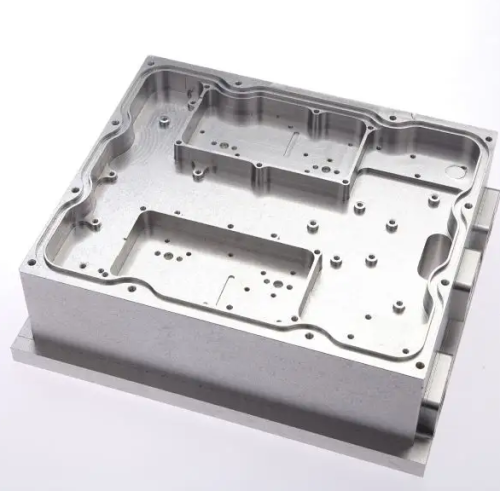
CNC加工铝机箱机柜有哪些优势?
精密度和准确度
High Tolerance Levels: CNC machining allows for very tight tolerances, ensuring parts meet precise specifications.
Consistency: Provides high repeatability, ensuring every housing is exactly as designed.
Design flexibility
Complex Geometries: Capable of producing complex shapes and intricate designs that may not be possible with other manufacturing processes.
Customization: Easily accommodates design changes and custom features, making it ideal for prototyping and low-volume production.
表面处理
High-Quality Surface Finish: CNC machining produces a smooth surface finish that can be further enhanced through anodizing, polishing, or painting.
Post-Processing Options: A variety of surface treatments are available to enhance aesthetics and functionality.
生产效率
Reduced Waste: CNC machining optimizes material utilization and minimizes waste, which is both economical and environmentally friendly.
Recyclable: Aluminum scrap generated during machining can be recycled, enhancing the sustainability of the process.
经济高效地处理中小批量
Tooling costs: Initial tooling costs are low compared to processes like die casting or injection molding, making it cost-effective for small to medium-volume production.
Setup flexibility: Quick setup changes enable efficient switching between different designs or production batches.
增强性能
EMI/RFI Shielding: Aluminum provides a natural shield against electromagnetic interference (EMI) and radio frequency interference (RFI), protecting sensitive electronic components.
Weight-to-Strength Ratio: Aluminum offers an excellent balance between weight and strength, making it suitable for applications where weight is a concern.
原型设计和迭代
Rapid Prototyping: CNC machining is ideal for rapid prototyping, enabling quick design iterations and testing.
Low-Volume Production: Efficiently handles low-volume production runs without extensive tooling or setup.
多功能性
Multi-Axis Machining: The capabilities of multi-axis CNC machines allow for complex and detailed machining of multiple sides of an enclosure in a single setup.
Various Functionalities: A variety of functions, such as threaded holes, mounting points, and complex internal geometries, can be integrated directly into the enclosure design.
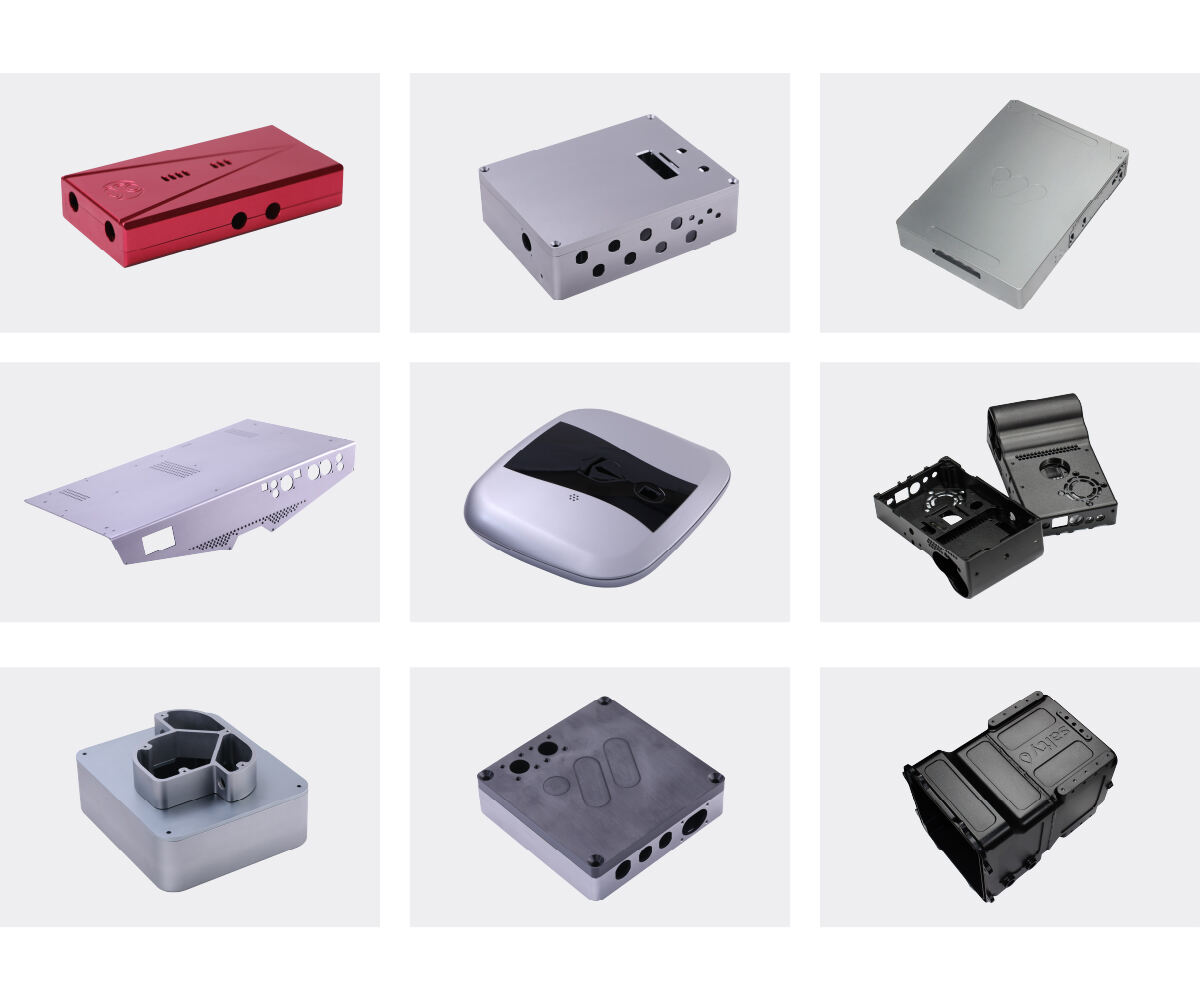
铝制底盘的材质特性有哪些?
Strength and Durability: Aluminum offers an excellent strength-to-weight ratio, making it both strong and lightweight.
Thermal Conductivity: Efficient heat dissipation is crucial for electronic chassis to prevent overheating.
Corrosion Resistance: Aluminum is naturally corrosion-resistant, and anodizing or coating can further enhance its corrosion resistance.
EMI/RFI Shielding: Aluminum effectively blocks electromagnetic and radio frequency interference.
Machinability:Aluminum is relatively easy to machine, reducing manufacturing time and costs.
铝制外壳有哪些应用?
1.工业设备
控制面板、机械外壳和自动化系统的外壳。
2. 电信
网络设备、服务器和通信设备的外壳。
3.医疗设备
医疗设备和仪器的保护外壳。
4. 航空航天与国防
适用于航空电子设备、雷达系统和军用电子设备的耐用外壳。
5.消费电子产品
高端音频设备、游戏机和家庭自动化系统的定制外壳。
6. 汽车
汽车电子设备的外壳,例如 ECU 外壳和传感器盖。
7.可再生能源
太阳能逆变器、电池存储系统和风力涡轮机控制器的外壳。
8. 海军陆战队
导航系统、通信设备和其他船用电子设备的外壳。
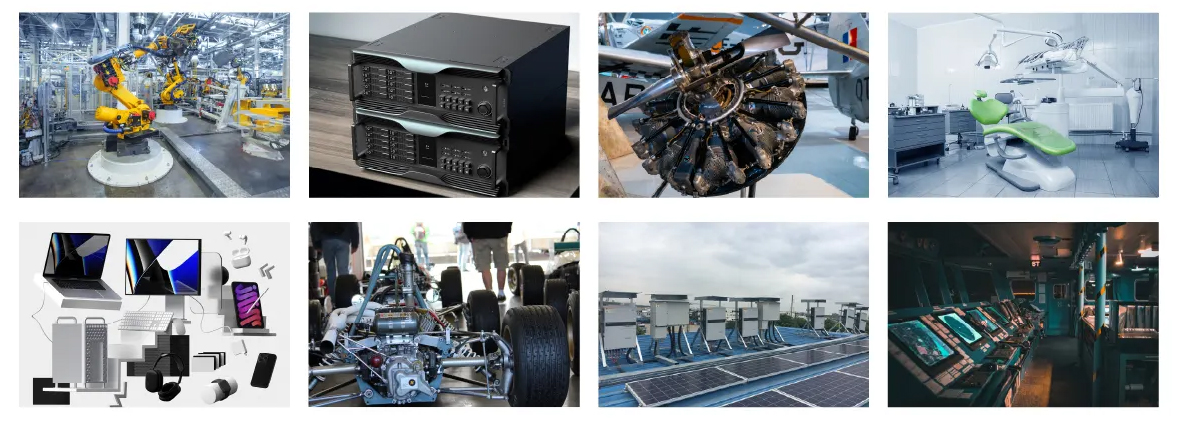
总结
定制铝制外壳加工充分利用 CNC 技术的精准性和多功能性,为各种应用生产高质量、耐用且精准定制的外壳。铝材的特性与 CNC 加工的优势相结合,使其成为追求高性能、高可靠性和定制化需求的行业的理想选择。HXC 为铝制外壳提供高质量、高精度的定制 CNC 加工服务。






